In recent years, scientists have uncovered a variety of remarkable new species across the Greater Mekong region, which includes Cambodia, Laos, Myanmar, Thailand, and Vietnam. These discoveries highlight the area’s rich biodiversity and underscore the importance of conservation efforts.
Vampire Hedgehog
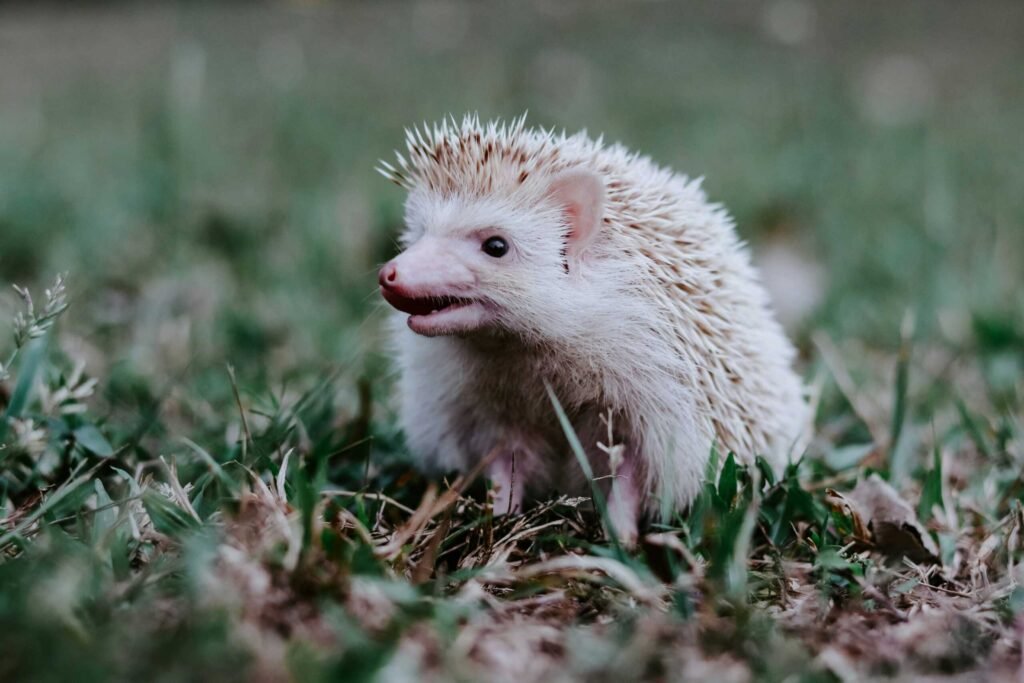
In Vietnam, researchers identified a unique gymnure, a relative of the hedgehog, named Hylomys macarang. Dubbed the “vampire hedgehog” due to its fang-like teeth, this creature adds to the diversity of small mammals in the region.
Rock-Dwelling Dragon
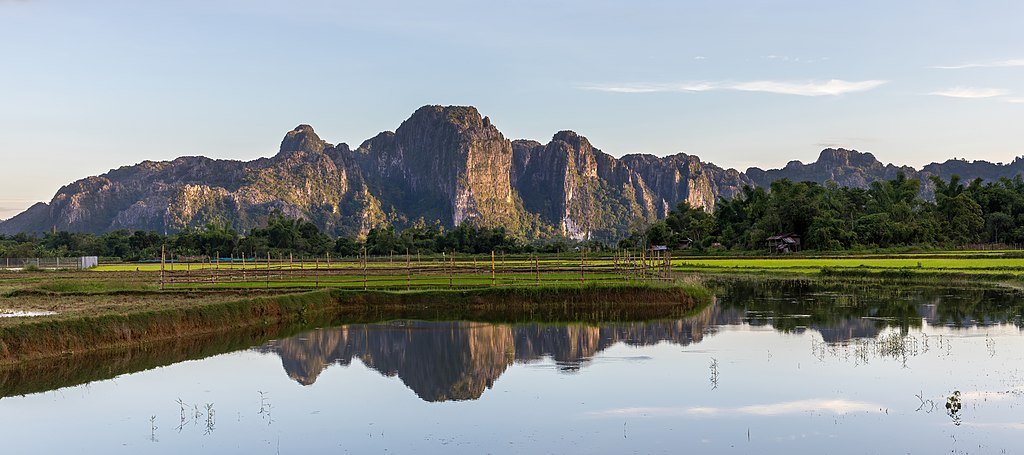
Laos revealed a new species of lizard, Laodracon carsticola, commonly known as the rock-dwelling dragon. This reptile thrives in the country’s limestone karst landscapes, showcasing nature’s adaptability.
Eyelash Pit Viper
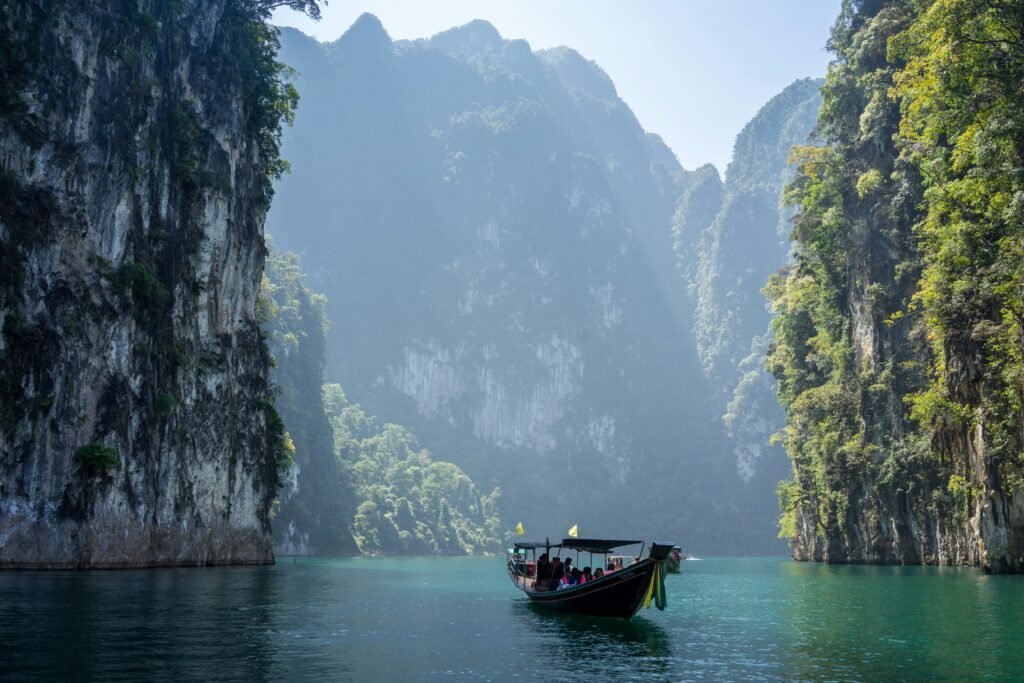
On the border of Thailand and Malaysia, scientists discovered Trimeresurus ciliaris, the limestone eyelash pit viper. This snake is distinguished by its unique scales above the eyes, resembling eyelashes, and inhabits limestone regions.
Bright Orange Crocodile Newt
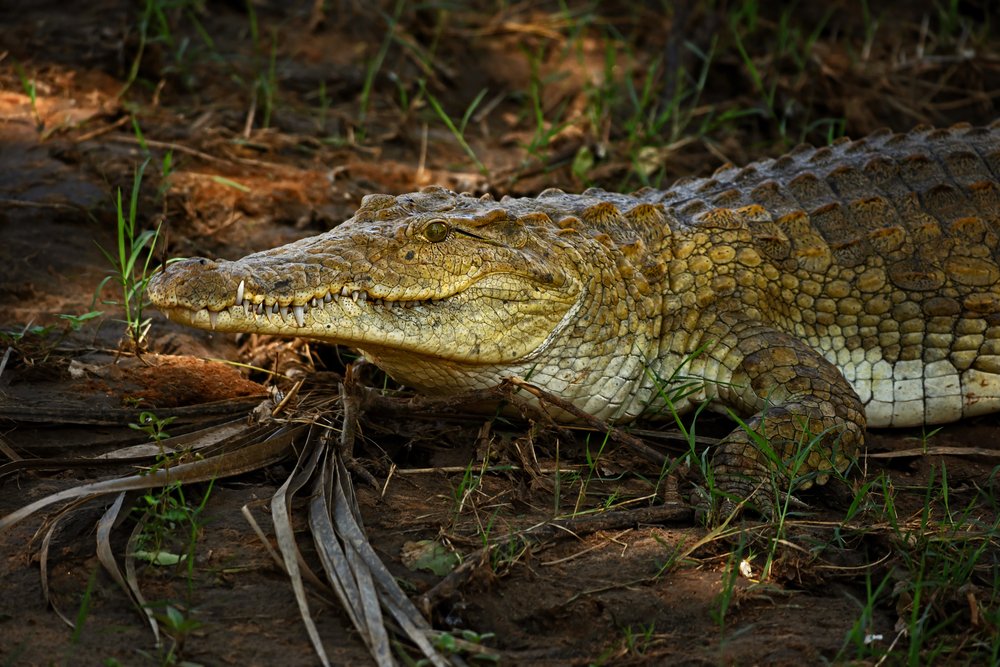
In Vietnam, the striking Tylototriton ngoclinhensis, a bright orange crocodile newt, was discovered. This amphibian can survive at elevations up to 2,300 meters, highlighting its resilience.
A Botanical Delight
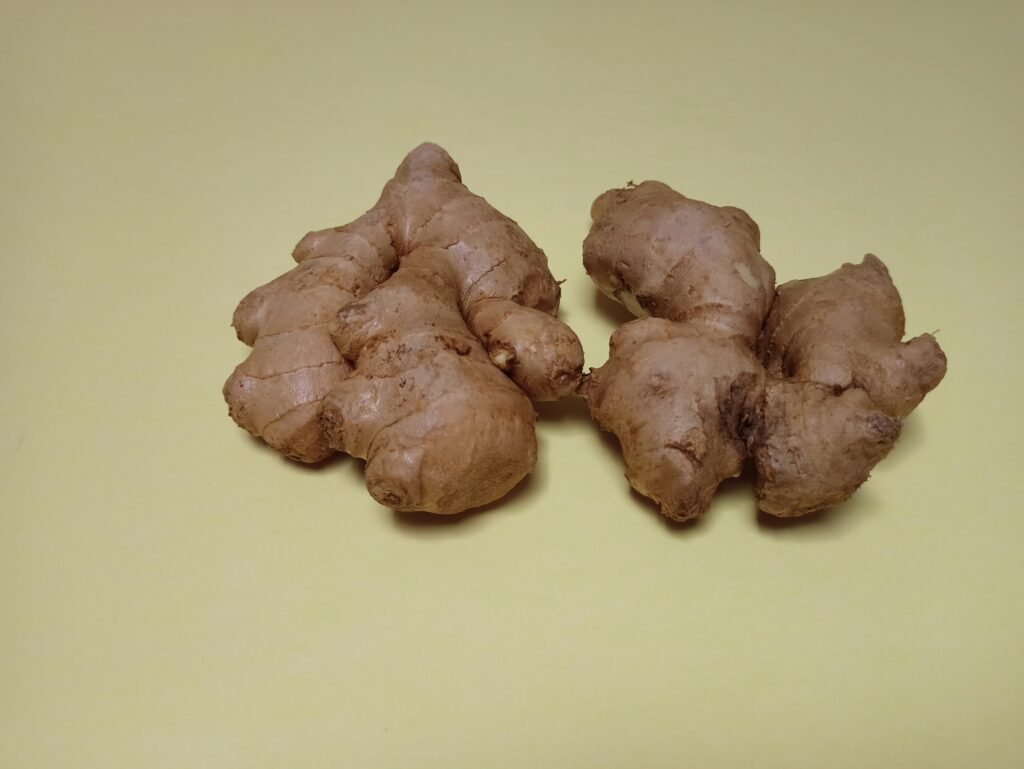
Another ginger species with a delightful mango scent was identified, further showcasing the region’s diverse plant life. Such discoveries emphasize the importance of preserving these unique ecosystems.
The Karst-Dwelling Lizard
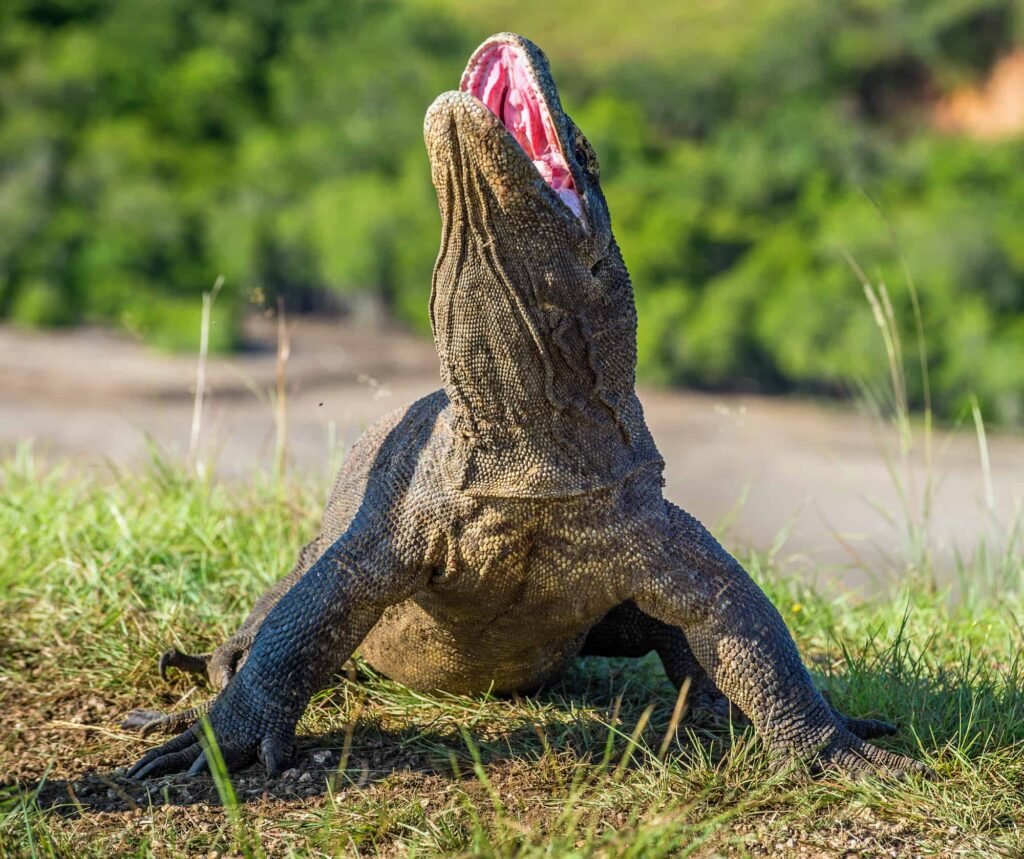
This newly discovered lizard species in Laos, Laodracon carsticola, inhabits limestone karst areas, demonstrating the specialized habitats within the Greater Mekong.
The Eyelash Pit Viper
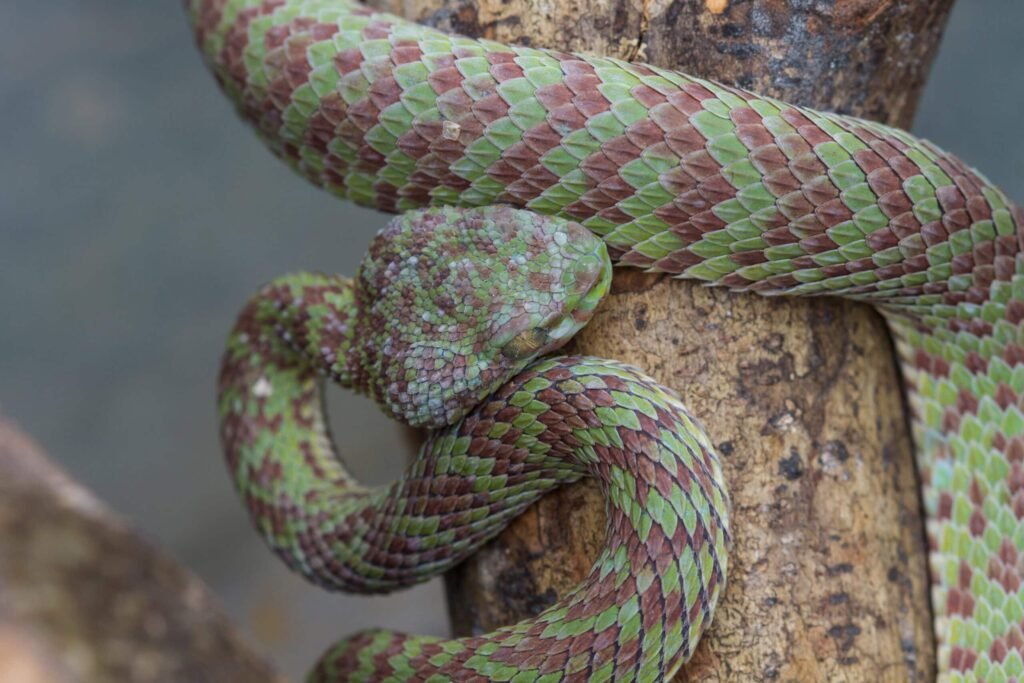
Found along the Thailand-Malaysia border, this snake species is notable for its eyelash-like scales and preference for limestone habitats. Its discovery adds to the region’s reptilian diversity.
The Greater Mekong Region

The Greater Mekong is recognized as a biodiversity hotspot, with over 2,216 new species discovered since 1997. This underscores the area’s ecological richness and the critical need for conservation efforts.
Protecting New Discoveries

Despite these exciting discoveries, many species in the Greater Mekong face threats from habitat loss and illegal wildlife trade. Conservationists stress the urgency of protecting these species to prevent their extinction.




